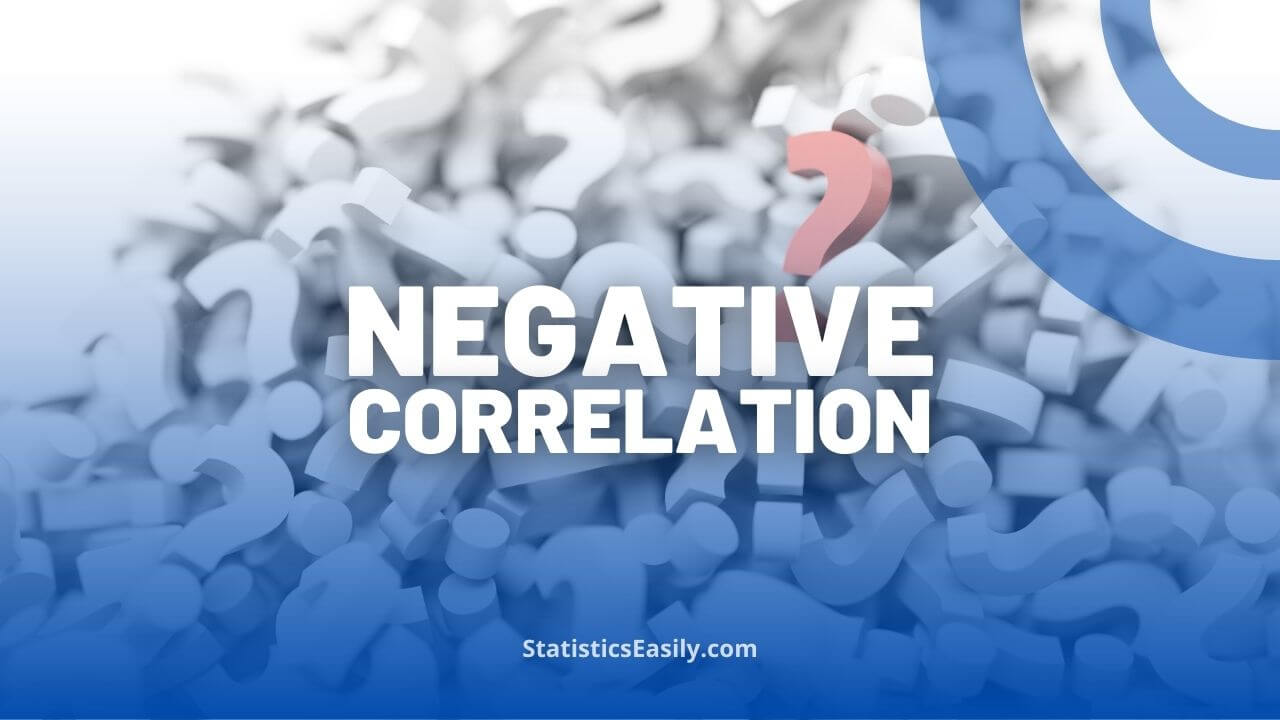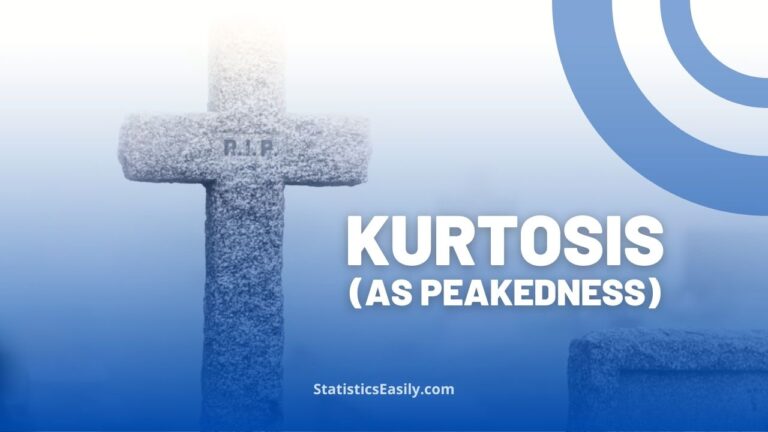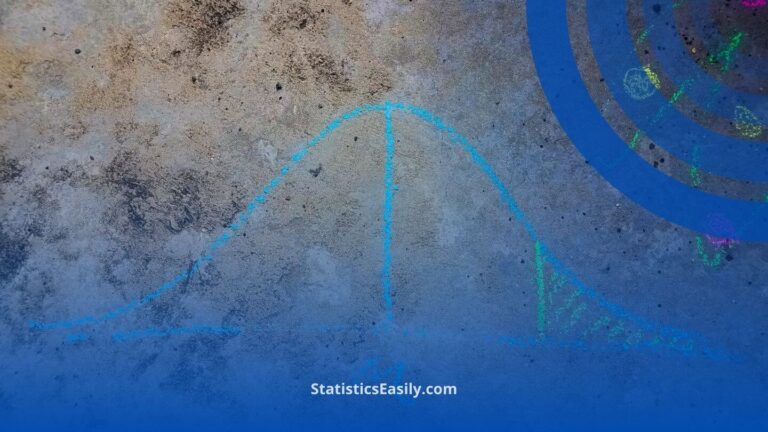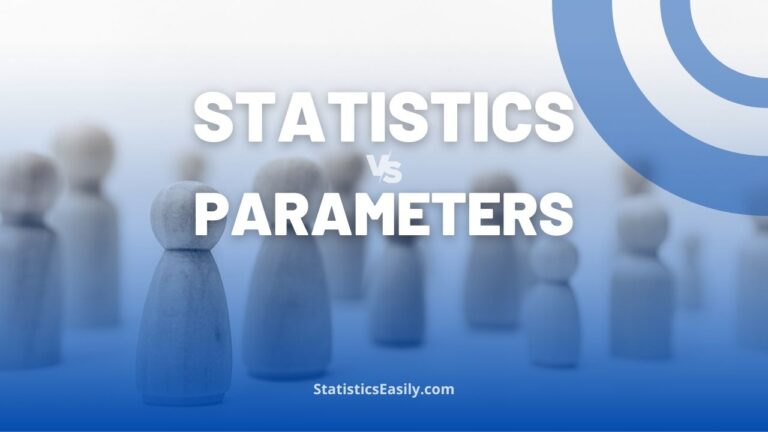Can Correlation Coefficient Be Negative?
Learn why correlation coefficients can be negative — indicating an inverse relationship between two variables — as one variable increases, the other decreases, and vice versa.
Introduction
A correlation coefficient is a measure that quantifies the relationship — strength and direction — between two variables. It ranges from -1 to 1, with 1 indicating a perfect positive correlation, -1 indicating a perfect negative correlation, and 0 indicating no correlation. Correlation coefficients are widely used in data analysis, research, and various industries to identify patterns, trends, and relationships in data.
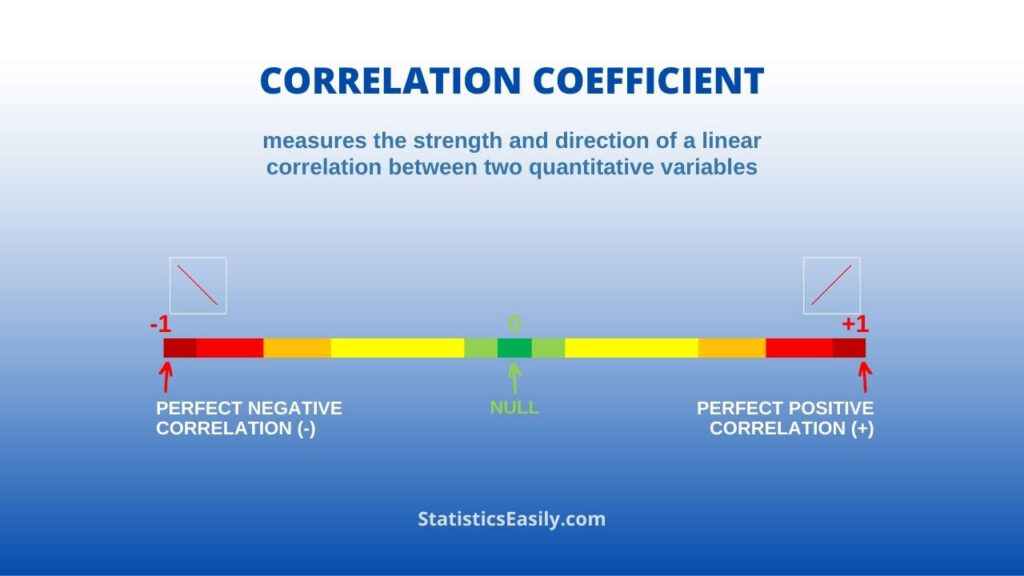
Highlights
- The correlation coefficient can be negative.
- Pearson correlation coefficient (r) is a standard measure for linear relationships.
- Correlation coefficients range from -1 to 1, indicating strength and direction.
- A positive correlation indicates variables moving in the same direction.
- A negative correlation signifies an inverse relationship between variables.
Ad Title
Ad description. Lorem ipsum dolor sit amet, consectetur adipiscing elit.
Positive and Negative Correlation
A positive correlation occurs when two variables move in the same direction, meaning that as one variable increases, the other also increases. As one decreases, the other also decreases. For example, years of education and income level have a positive correlation; as education level increases, income generally increases.
A negative correlation occurs when two variables move in opposite directions. As a variable increases, the other decreases, and vice versa. For instance, there is a negative correlation between the product price and its demand; as the price increases, the demand usually decreases.
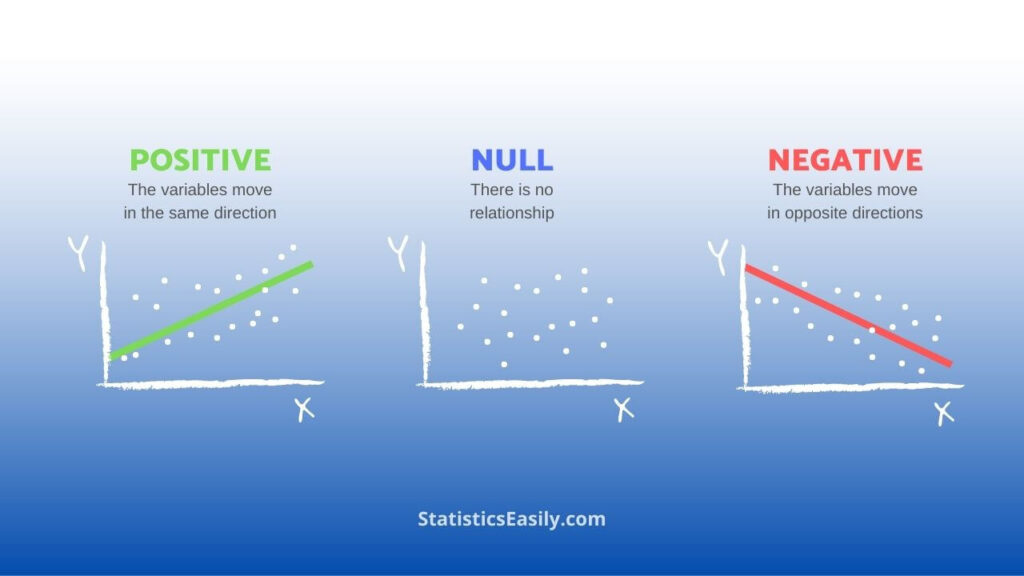
Correlation Coefficient Formula
The Pearson correlation coefficient (r) is the most commonly used correlation measure. It is calculated using the following formula:
r = Σ[(xi – x̄)(yi – ȳ)] / sqrt[Σ(xi – x̄)² * Σ(yi – ȳ)²]
Here, xi and yi represent individual data points, x̄ and ȳ represent the means of the respective variables, and Σ denotes the summation.
Can Correlation Coefficient Be Negative?
Indeed, a correlation coefficient can be negative, reflecting an inverse or opposite relationship between two variables. In a negative correlation, when one variable increases, the other decreases, and vice versa. This type of relationship is essential in understanding various real-world phenomena. Recognizing negative correlations is critical in data analysis, risk management, and decision-making across numerous fields, such as finance, medicine, and sports.
Examples of Negative Correlation Coefficients
Negative correlation coefficients have numerous real-world applications across various fields:
Finance: In portfolio management, assets with negative correlations can help balance risk, as they tend to move in opposite directions, reducing the overall volatility of the portfolio.
Medicine: Researchers might discover a negative correlation between a particular drug dosage and the severity of side effects, which can help inform treatment plans.
Sports: Coaches can analyze performance metrics and identify negative correlations between certain variables, such as fatigue and accuracy, to optimize player performance and training schedules.
Conclusion
The correlation coefficient can be negative, signifying an inverse relationship between two variables. Understanding the concept of negative correlation coefficients is crucial for interpreting relationships between variables and making informed decisions across various fields. By recognizing the existence and implications of negative correlations, professionals in finance, medicine, sports, and other industries can optimize their decision-making processes and achieve better outcomes.
Recommended reading:
- Correlation vs Causation: Understanding the Difference
- Can Correlation Coefficient Be Negative? (Story)
- Correlation in Statistics (Story)
- How to Report Pearson Correlation Results in APA Style
- Correlation in Statistics: Understanding the Link Between Variables
- Coefficient of Determination vs. Coefficient of Correlation in Data Analysis
FAQ: Can Correlation Coefficient Be Negative?
A correlation coefficient is a statistical measure that quantifies the strength and direction of the relationship between two variables.
Yes, a negative correlation coefficient indicates an inverse relationship between two variables, meaning as one variable increases, the other decreases.
In a positive correlation, both variables move in the same direction. Conversely, in a negative correlation, one variable increases as the other decreases.
The Pearson correlation coefficient (r) is calculated using the formula:
r = Σ[(xi – x̄)(yi – ȳ)] / sqrt[Σ(xi – x̄)² * Σ(yi – ȳ)²].
No, correlation alone does not imply a cause-and-effect relationship between variables.
Outliers can have a significant impact on correlation coefficients, potentially skewing the strength and direction of the relationship.
No, Pearson’s correlation coefficient measures linear relationships only. For non-linear relationships, other statistical methods are used.
A common misconception is that a high correlation always indicates a strong relationship, ignoring the possibility that it could be driven by outliers or spurious associations.
Correlation coefficients can help in selecting variables for predictive models by identifying pairs of variables that are strongly related, thus potentially improving model accuracy.
Correlation coefficients cannot determine the directionality of relationships, are sensitive to outliers, and can only measure linear associations, limiting their use in complex analyses that involve multiple or non-linear relationships.


